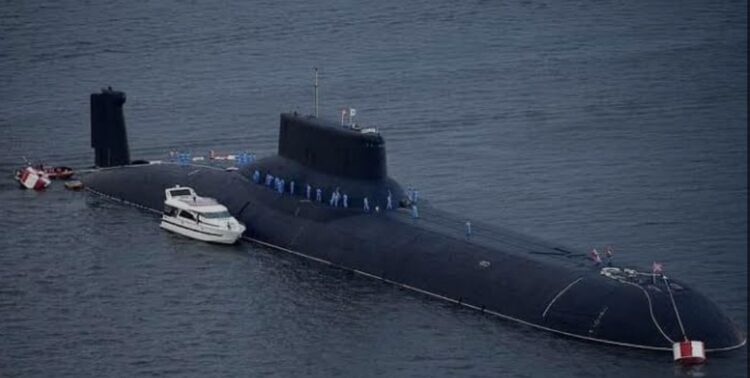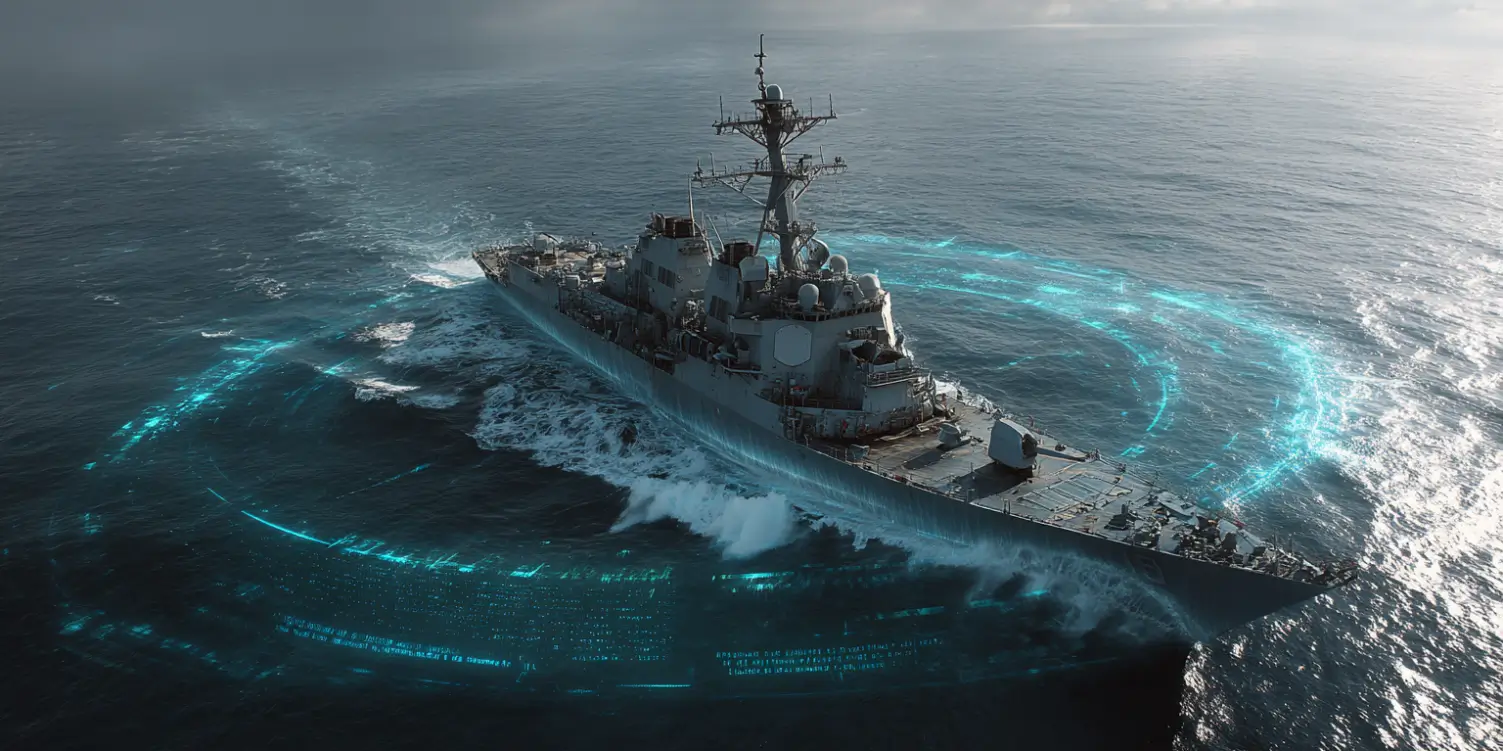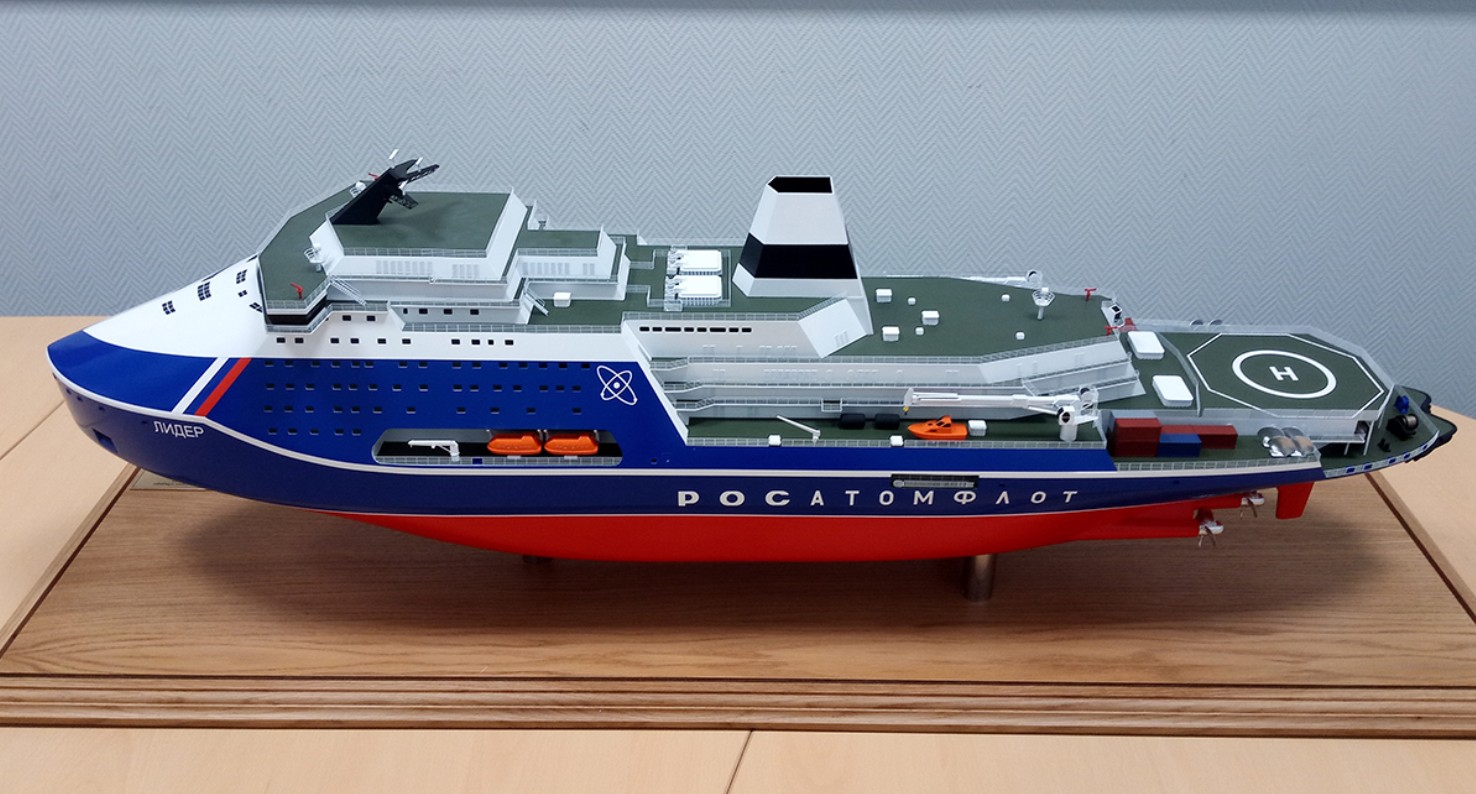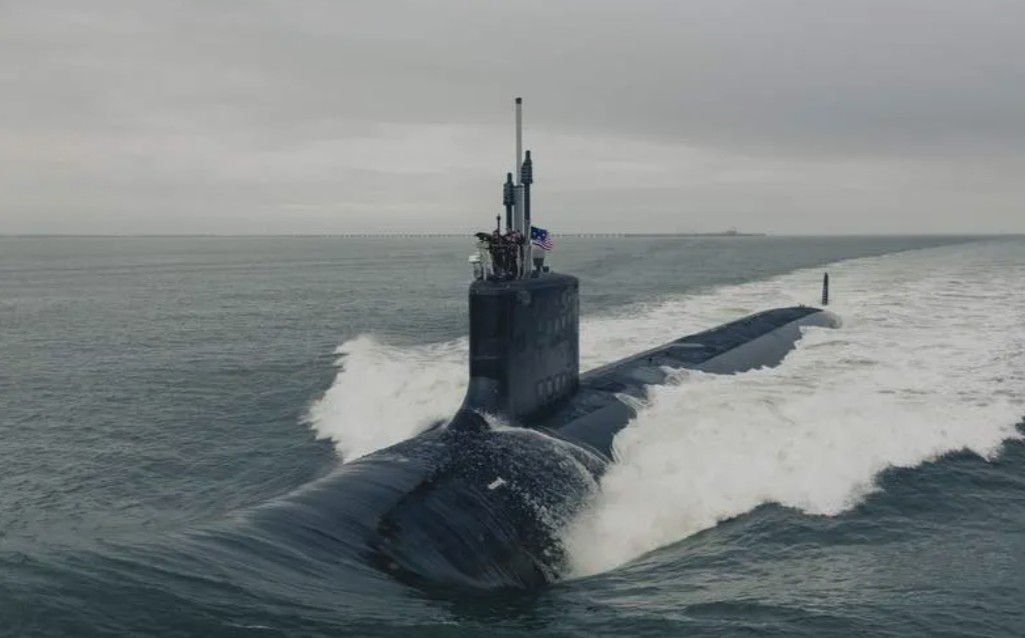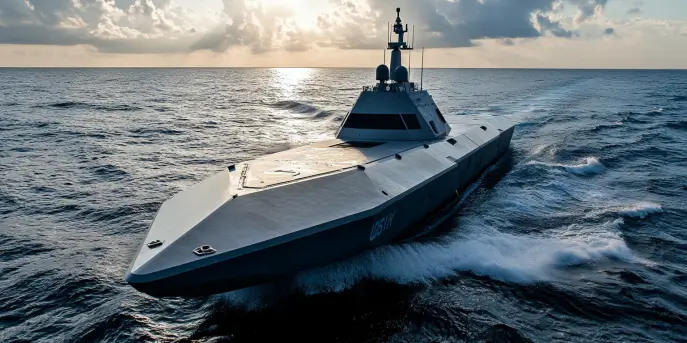The submarine Khabarovsk represents a new era in naval warfare, designed to serve as a launching platform for the revolutionary nuclear-powered Poseidon drones. This combination of advanced technology and strategic design has the potential to reshape maritime military strategies globally.
The Emergence of Khabarovsk
The Khabarovsk submarine, expected to be operational in the near future, is one of Russia’s most ambitious military projects. Its primary purpose is to serve as a mother ship for the Poseidon unmanned underwater vehicles (UUVs), which are themselves a new class of strategic weapon.
What Makes Poseidon Drones Unique?
The Poseidon UUVs are described as multipurpose oceanic system drones armed with nuclear payload options. Their uniqueness lies in their design—capable of traveling intercontinental distances autonomously. Once launched, these drones can navigate to strategic coastal targets or avoid detection by remaining submerged for unlimited periods, powered by a miniaturized nuclear reactor.
Capabilities of the Khabarovsk Submarine
The Khabarovsk is not just a traditional submarine; it’s essentially a strategic deterrent. With the ability to deploy Poseidons, it adds a new dimension to naval warfare. Here are some of its features:
- Length: 120 meters
- Displacement: 10,000-12,000 tonnes
- Speed: Estimated at 30 knots
- Stealth: Advanced noise-reduction technologies
- Armament: Equipped to carry up to six Poseidon drones
Strategic Implications
The strategic implications of deploying Khabarovsk and Poseidons are profound. These underwater drones can outlast any traditional military engagement timeframes due to their long-range capabilities. Additionally, they serve as both direct attack and retaliatory weapons, providing both offensive and defensive strategic benefits.
| Specification | Details |
|---|---|
| Type | Strategic Nuclear-Powered Submarine |
| Operations | Autonomous, Long Duration |
| Poseidon Capacity | Up to 6 Drones |
| Power Source | Miniaturized Nuclear Reactors |
Wider Military Impacts
This technological advancement raises significant concerns and strategic recalibrations for global navies. Western military leaders are particularly keen to understand the implications of the Poseidon-Khabarovsk combo. It creates a new arms race dynamic, one that extends beneath the waves, focusing on detection, countermeasures, and developing similar autonomous systems.
Future Development and Diplomatic Challenges
The development of such advanced technologies will not only impact military strategies but also diplomatic relations. Countries may feel pressured to develop their own counter technologies or enter into new alliances. Moreover, discussions around treaties such as the New START must now consider novel weapons systems such as Poseidon drones.
In summary, the Khabarovsk submarine with its Poseidon drones is indeed a potential game changer in military technologies, challenging the current naval doctrines and pushing boundaries on both technological and strategic fronts.
